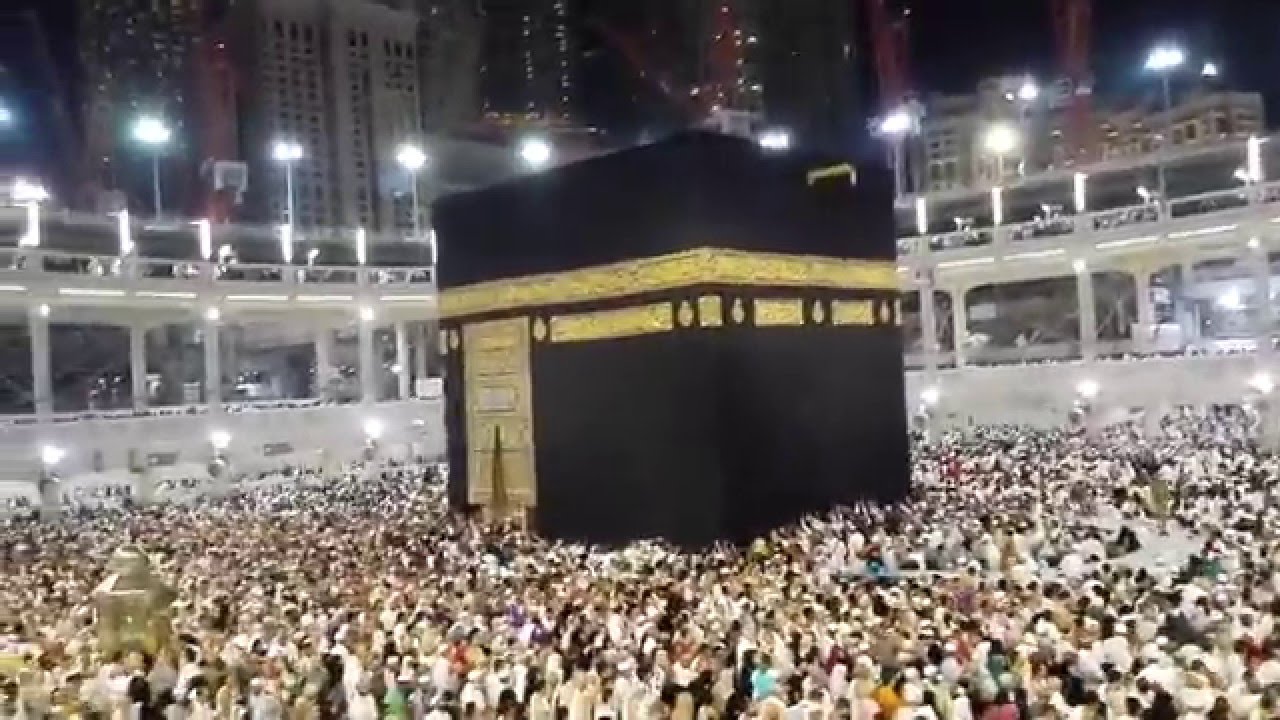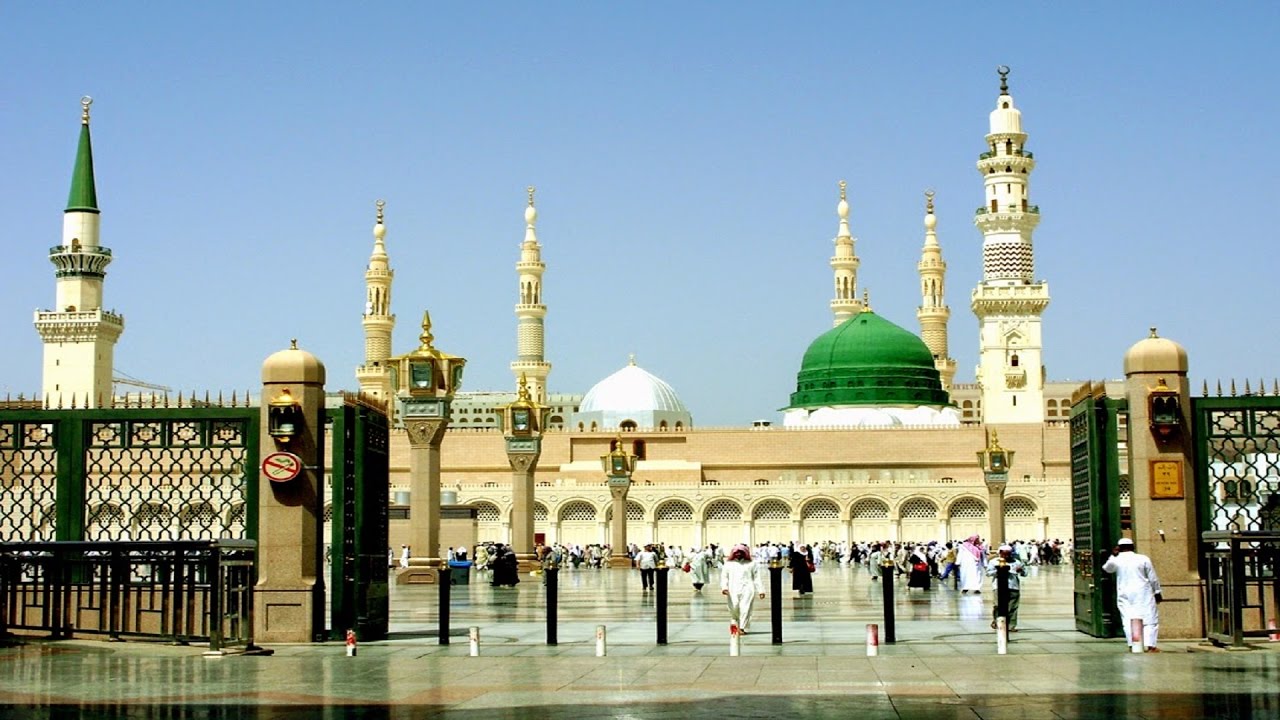Dars e Imam-Rruku
“Bismillahir Rahmannir Raheem””Al-Hamdu Lillaahi Rabbil ‘Aalameen was Salaatu was- Salaamu ‘Alaa Sayidinaa Muhammadin wa Aalihi wa Asabihi Ajma ‘een (tauheed- risalat- ahkirat and islam-iman-ihsan)
The Sajda of Respect was allowed from the time of Hadrat Adam (as) until the commencement of Islam. Angels made Sajda to Hadrat Adam (as) and Hadrat Yaqub (as) and his sons prostrated to Hadrat Yusuf (as), Under the ayat, “وقیل بعدا للقوم الظلمین” surah hood verse 44 .Tafseer Roohul-Bayaan records a narration of Hadrat AbulAaliya (ra)that Shaitaan once wanted to repent. Thus, the wretch was told by Hadrat Nuh (as) “Make Sajda to the grave of Hadrat Adam (as) .He replied, “When I couldn’t make Sajda to him during his lifetime. How can I make Sajda to him now?” Islam has ruled the Sajda of Respect to be Haraam. Thus, if a Muslim performs this type of Sajda for a person, he is a sinner and has committed Haraam but is not a polytheist (mushrik) or Kaafir.
The extract of Durre-Mukhtaar quoted by the opposition further states. “If this kissing of the floor is for worship and respect, it is infidelity (kufr). If it is for respect alone, it isn’t. Yes, the person is asinner … and a major one at that!” Allama Shaami (ra)further clarifies this under his explanation of this extract in Raddul-Muhtaar.
The topic of bending before someone still remains. There are two types of bending,
1. Bending in respect (e.g. bending and making Salaam or kissing the floor in front ofa revered personality). If this reaches the position of Ruku, it is Haraam, and this is what the Jurists were referring to.
2. Bending to complete an action of respect (e.g. bending to straighten the shoes of a pious person or to kiss his feet). Even though bending is found in these actions, it was only the consequence and not the intention. This is Halaal.
In the introduction to Hidaaya, Mazeelatul-Hidaaya, Maulwi Abdul Hayy records this Hadith under the annotation on Hajar-e-Aswad, “According to the narration of Haakim, Hadrat Ali (ra)said (to Hadrat Umar (ra)) “Ya AmeerulMumineen! This Hajar-e-Aswad does give benefit and harm. It would be nice if you paid attention to the commentary of this ayat, “On the Day of Meethaaq, when your Lord took a pledge from the children of Adam (as). “Hadrat Ali (ra)continued, “This pledge was written on a piece of paper and placed in the Hajare-Aswad. The Hajar-e-Aswad will arrive on the Day of Qiyaarnah having eyes, a mouth and a voice and will testify for the Mu’mins. Thus, it is the successor to the command of Allah(swt)and a witness for Muslims.” When Hadrat Umar (ra)heard this, he said, “O Ali.’ May Allah(swt)not keep me where you are not! We now come to know that the Hajar-e-Aswad does give benefit and harm, and respecting it is showing reverence to the deen. The address by Hadrat Umar (ra)to it was not because he was angry about kissing it. Being unhappy with the Sunnah infidelity (kufr). Rather, it was because the Arabs were former idol worshippers. By this kissing of the Black Stone, Muslims did not wish for the Kuffaar to believe that Islam had taken them away from idols and turned them towards a stone. By this statement, Hadrat umar (ra)wanted to clarify that stones were worshipped in the past, but this was something else. Worshipping and kissing are two different things. The aim of Hadrat Ali (ra)wasn’t to refute this.
By saying “Neither do you give harm nor do you assist”, Hadrat Umar (ra)wished to explain that this stone by itself does not have the power to give benefit or harm as per the belief of the Arabs (who thought that their idols, which were also stone, had the power to do so). Thus, the statements of both Khulafaa were to help the people understand this difference.
It is surprising that the opposition believe this kissing of Hajar-e-Aswad by Hadrat Umar (ra)to go against our belief. It was that very same Hadrat Umar (ra)who said to Rasoolullah(saws), “Ya RasoolAllah (saws)as, we make the Maqaam-e-Ibrabim a place of Salaah, perform Sajda in its direction and read Nafl Salaah there.” Then, the ayat was revealed, “واتخذوا من مقام ابراھیم مصلی”-2/125 .Maqaam-e-Ibrahim is also a stone. Why is there no problem in making Sajda and performing Salaah before it by you? When these are famously known amongst Muslims to be sacred relics of the Holy Prophet ﷺ then this is sufficient for them being established, believed and proven to be authentic. There is no need to prove their authenticity through the Quran and Hadith of Bukhari because the proof for everything is not equal.
Shifaa Sharif (ra)states, “Respecting the means and ties of the Holy Prophet ﷺ his abodes, whatever has touched his blessed body and whatever is famously known to have been his all fall under respect to him.”
Mulla Ali Qaari (ra)writes in the annotation of this extract, “The aim of this is to respect whatever is connected or famed as belonging to Sayyiduna Rasoolullah ﷺ “ – Sharah Shifaa
Maulana Abdul-Haleem Lucknowi (ra)quotes this extract of Shifaa Sharif and cornmentates on it, Even if this connection is only based on being well-known and its of is not found in the Hadith. Mulla Ali Qaari (ra)states the same as well.” -Noorul-Imaan .Mulla Ali Qaari (ra)has written this in his book, Maslak-Mutaqasit. Likewise, the Ulama of the Ummat have written books on the rules and guidelines of Haij. In them, they have advised the visitors to the Haramain Shareefain to visit every place people revere and honour.It is surprising that in support of the excellence of deeds (aamaal), the Jurists accept even weak (zaeef) Hadith. However, people demand’s a Hadith from Bukhari in proof of relics.
Reaches to rasoolAllahﷺ
1.with love (heard directly)
2.with out love (angels bring it to rasool)
When I want to talk to allah I say prayers and when I want that he talk to me I recite quran- Hazrath Ali(ra)
Make sure you forward this to others .


